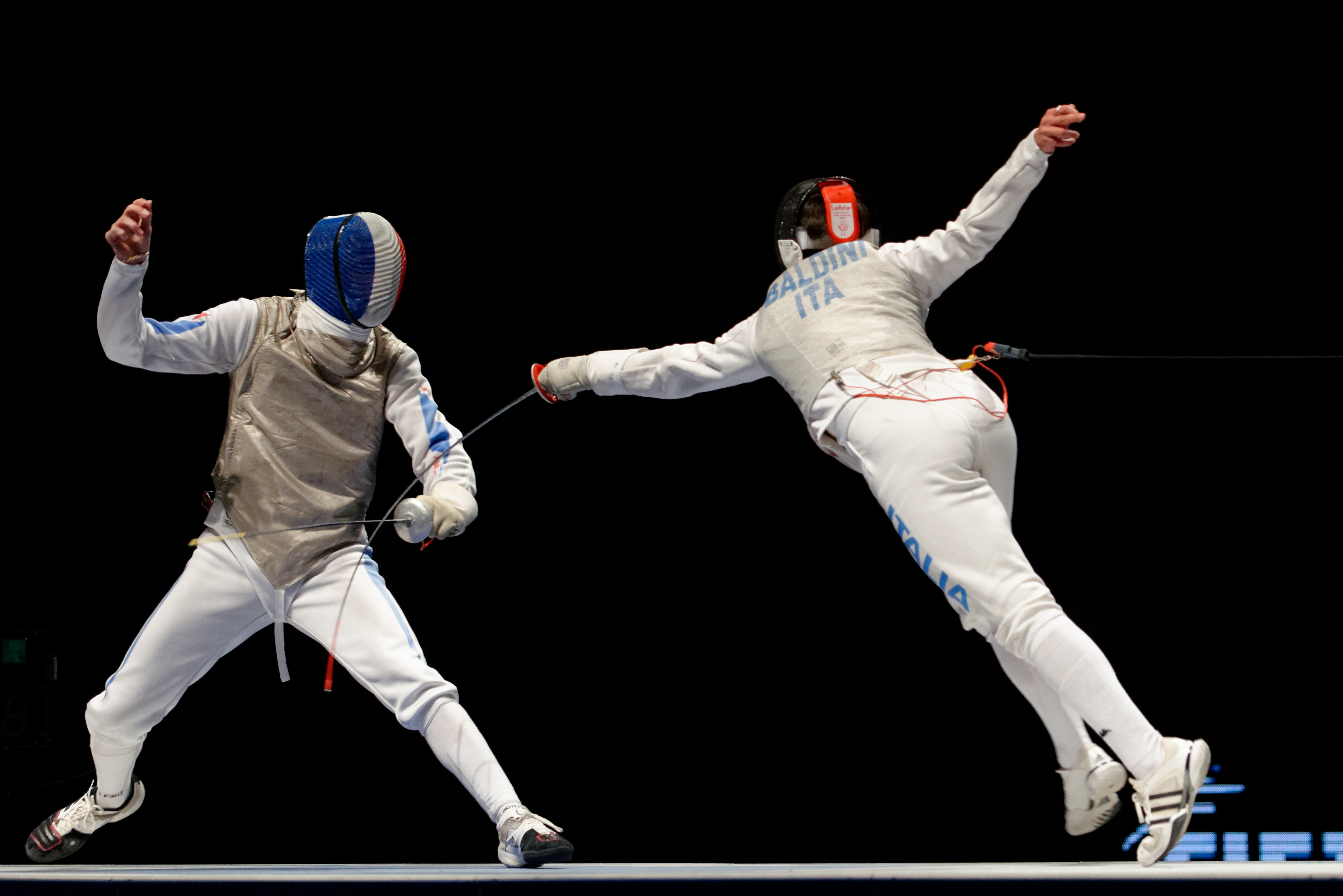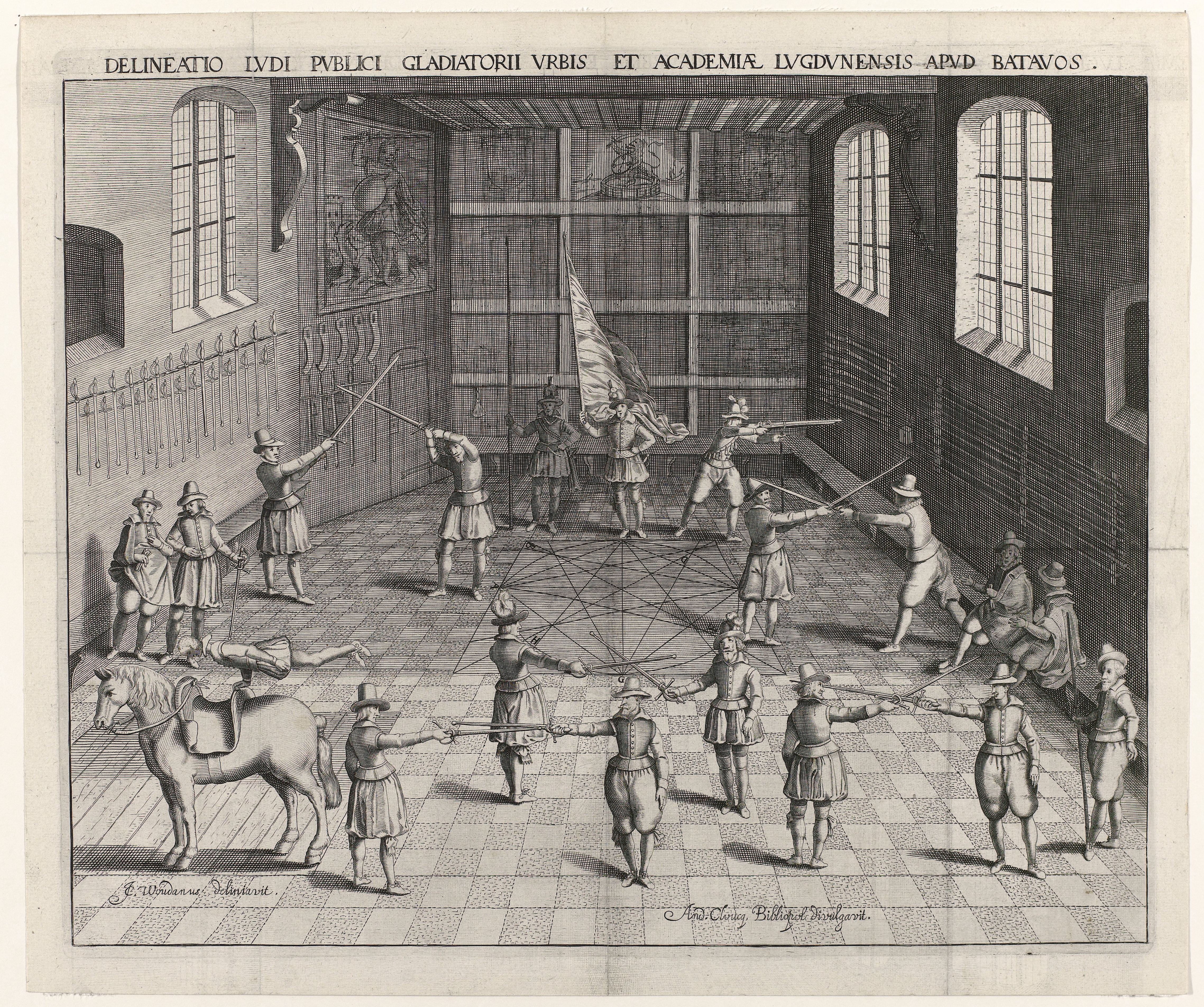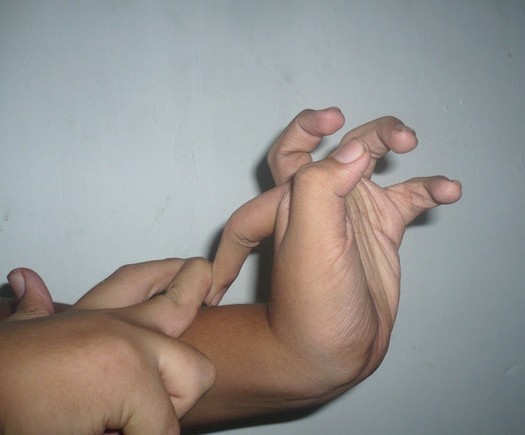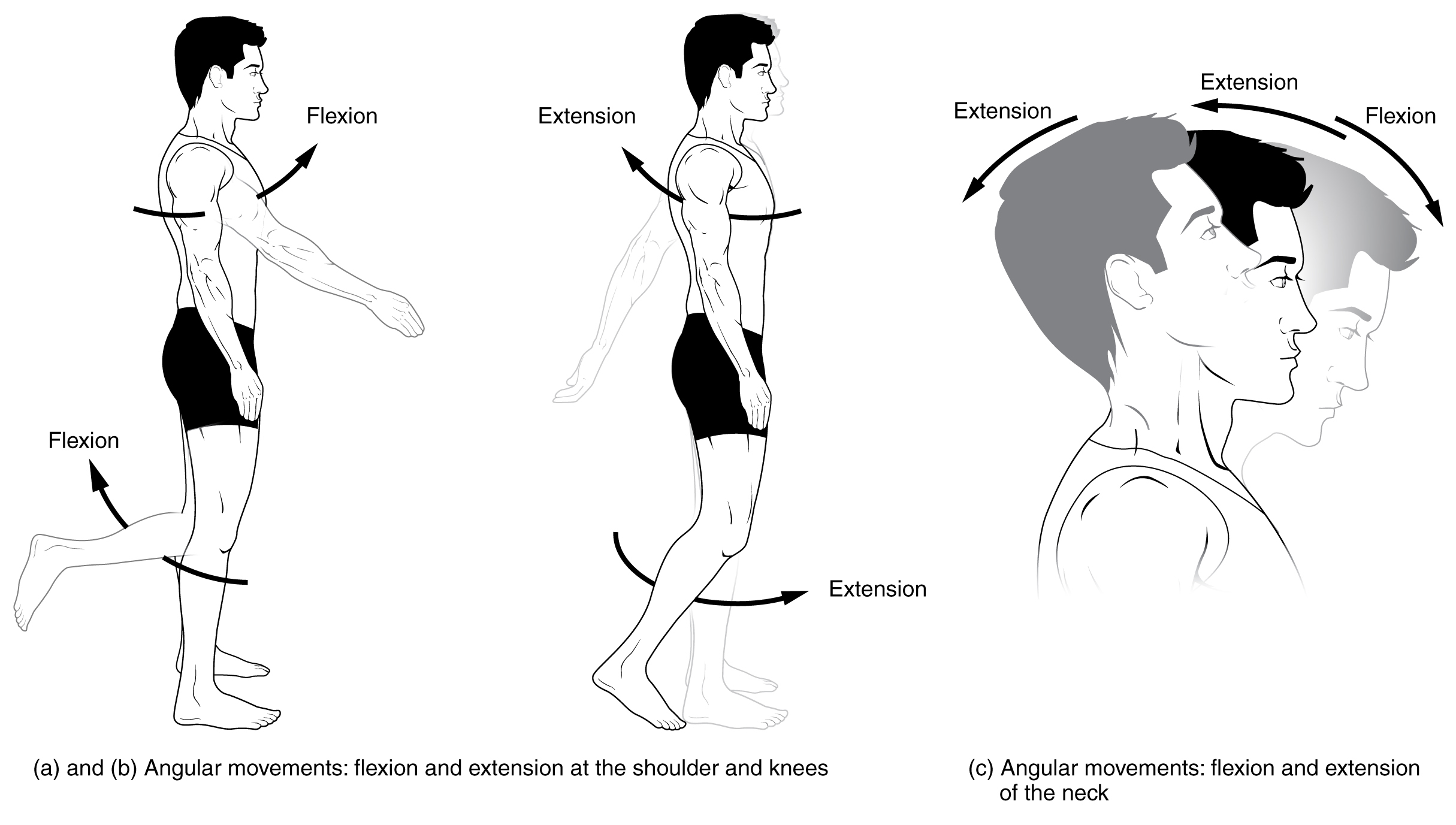|
Parrying
A parry is a fencing bladework maneuver intended to deflect or block an incoming attack. Execution To execute a parry, fencers strike the opponent's foible, or the area near the tip of the blade, with their forte, or the part of the blade near the bell guard (or handle) of the weapon. This deflects the opponent's blade away from them, protecting them and placing them in a good position to strike back. Approximations of the precise parries are made often during bouts, but are usually accurate enough to be classed as parries. In épée, because of absence of priority rules (see right-of-way), a parry can be classed as any deflection of the blade that prevents the opponent's attack from landing. Use The primary function of a parry is to prevent an opponent's attack from landing. During a bout, parries are commenced from the "en garde" (neutral) position, when an opponent's attack is considered threatening. A parry is usually followed by a '' riposte'', which is an attack back ... [...More Info...] [...Related Items...] OR: [Wikipedia] [Google] [Baidu] |
Fencing
Fencing is a group of three related combat sports. The three disciplines in modern fencing are the foil, the épée, and the sabre (also ''saber''); winning points are made through the weapon's contact with an opponent. A fourth discipline, singlestick, appeared in the 1904 Olympics but was dropped after that and is not a part of modern fencing. Fencing was one of the first sports to be played in the Olympics. Based on the traditional skills of swordsmanship, the modern sport arose at the end of the 19th century, with the Italian school having modified the historical European martial art of classical fencing, and the French school later refining the Italian system. There are three forms of modern fencing, each of which uses a different kind of weapon and has different rules; thus the sport itself is divided into three competitive scenes: foil, épée, and sabre. Most competitive fencers choose to specialize in one weapon only. Competitive fencing is one of the five acti ... [...More Info...] [...Related Items...] OR: [Wikipedia] [Google] [Baidu] |
Foible (fencing)
This is a glossary of terms used in fencing. A B C D E F G H I J L M N O P Q R S T V W Y Historical and foreign fencing terminology Note that the vocabulary here is primarily a glossary of modern fencing terms. Over time, the terminology has evolved, and different terminology may be found in Medieval and Renaissance sources.Association for Renaissance Martial ArtsHistorical Fencing Termi ... [...More Info...] [...Related Items...] OR: [Wikipedia] [Google] [Baidu] |
Anatomical Terms Of Motion
Motion, the process of movement, is described using specific anatomical terms. Motion includes movement of organs, joints, limbs, and specific sections of the body. The terminology used describes this motion according to its direction relative to the anatomical position of the body parts involved. Anatomists and others use a unified set of terms to describe most of the movements, although other, more specialized terms are necessary for describing unique movements such as those of the hands, feet, and eyes. In general, motion is classified according to the anatomical plane it occurs in. ''Flexion'' and ''extension'' are examples of ''angular'' motions, in which two axes of a joint are brought closer together or moved further apart. ''Rotational'' motion may occur at other joints, for example the shoulder, and are described as ''internal'' or ''external''. Other terms, such as ''elevation'' and ''depression'', describe movement above or below the horizontal plane. Many ana ... [...More Info...] [...Related Items...] OR: [Wikipedia] [Google] [Baidu] |
Glossary Of Fencing
This is a glossary of terms used in fencing. A B C D E F G H I J L M N O P Q R S T V W Y Historical and foreign fencing terminology Note that the vocabulary here is primarily a glossary of modern fencing terms. Over time, the terminology has evolved, and different terminology may be found in Medieval and Renaissance sources.Association for Renaissance Martial ArtsHistorical Fencing Term ... [...More Info...] [...Related Items...] OR: [Wikipedia] [Google] [Baidu] |
Sabre Parry Quinte, From Patton (1864)
A sabre (French: �sabʁ or saber in American English) is a type of backsword with a curved blade associated with the light cavalry of the early modern and Napoleonic periods. Originally associated with Central European cavalry such as the hussars, the sabre became widespread in Western Europe during the Thirty Years' War. Lighter sabres also became popular with infantry of the early 17th century. In the 19th century, models with less curving blades became common and were also used by heavy cavalry. The military sabre was used as a duelling weapon in academic fencing in the 19th century, giving rise to a discipline of modern sabre fencing (introduced in the 1896 Summer Olympics) loosely based on the characteristics of the historical weapon in that it allows for cuts as well as thrusts. Etymology The English ''sabre'' is recorded from the 1670s, as a direct loan from French, where the ''sabre'' is an alteration of ''sable'', which was in turn loaned from German ''Säbe ... [...More Info...] [...Related Items...] OR: [Wikipedia] [Google] [Baidu] |
Supinate
Motion, the process of movement, is described using specific anatomical terminology, anatomical terms. Motion includes movement of Organ (anatomy), organs, joints, Limb (anatomy), limbs, and specific sections of the body. The terminology used describes this motion according to its direction relative to the anatomical position of the body parts involved. Anatomy, Anatomists and others use a unified set of terms to describe most of the movements, although other, more specialized terms are necessary for describing unique movements such as those of the hands, feet, and eyes. In general, motion is classified according to the anatomical plane it occurs in. ''Flexion'' and ''extension'' are examples of ''angular'' motions, in which two axes of a joint are brought closer together or moved further apart. ''Rotational'' motion may occur at other joints, for example the shoulder, and are described as ''internal'' or ''external''. Other terms, such as ''elevation'' and ''depression'', descri ... [...More Info...] [...Related Items...] OR: [Wikipedia] [Google] [Baidu] |
Parry Tierce In Sabre
PARRY was an early example of a chatbot, implemented in 1972 by psychiatrist Kenneth Colby. History PARRY was written in 1972 by psychiatrist Kenneth Colby, then at Stanford University. While ELIZA was a tongue-in-cheek simulation of a Rogerian therapist, PARRY attempted to simulate a person with paranoid schizophrenia. The program implemented a crude model of the behavior of a person with paranoid schizophrenia based on concepts, conceptualizations, and beliefs (judgements about conceptualizations: accept, reject, neutral). It also embodied a conversational strategy, and as such was a much more serious and advanced program than ELIZA. It was described as "ELIZA with attitude". PARRY was tested in the early 1970s using a variation of the Turing Test. A group of experienced psychiatrists analysed a combination of real patients and computers running PARRY through teleprinters. Another group of 33 psychiatrists were shown transcripts of the conversations. The two groups we ... [...More Info...] [...Related Items...] OR: [Wikipedia] [Google] [Baidu] |
Pronate
Motion, the process of movement, is described using specific anatomical terms. Motion includes movement of organs, joints, limbs, and specific sections of the body. The terminology used describes this motion according to its direction relative to the anatomical position of the body parts involved. Anatomists and others use a unified set of terms to describe most of the movements, although other, more specialized terms are necessary for describing unique movements such as those of the hands, feet, and eyes. In general, motion is classified according to the anatomical plane it occurs in. ''Flexion'' and ''extension'' are examples of ''angular'' motions, in which two axes of a joint are brought closer together or moved further apart. ''Rotational'' motion may occur at other joints, for example the shoulder, and are described as ''internal'' or ''external''. Other terms, such as ''elevation'' and ''depression'', describe movement above or below the horizontal plane. Many anatomic ... [...More Info...] [...Related Items...] OR: [Wikipedia] [Google] [Baidu] |
Lines Of Parries And Attack - Rondelle 001
Line most often refers to: * Line (geometry), object with zero thickness and curvature that stretches to infinity * Telephone line, a single-user circuit on a telephone communication system Line, lines, The Line, or LINE may also refer to: Arts, entertainment, and media Films * ''Lines'' (film), a 2016 Greek film * ''The Line'' (2017 film) * ''The Line'' (2009 film) * ''The Line'', a 2009 independent film by Nancy Schwartzman Nancy Schwartzman is an award-winning documentary filmmaker and a member of the Directors Guild of America. She is the director and producer of ''Victim/Suspect'', premiering in the U.S. Documentary Competition at Sundance Film Festival 2023. Inv ... Podcasts * ''The Line'' (podcast), 2021 by Dan Taberski Literature * Line (comics), a term to describe a subset of comic book series by a publisher * ''Line'' (play), by Israel Horovitz, 1967 * Line (poetry), the fundamental unit of poetic composition * "Lines" (poem), an 1837 poem by Emily Bro ... [...More Info...] [...Related Items...] OR: [Wikipedia] [Google] [Baidu] |
Forte (fencing)
In fencing Fencing is a group of three related combat sports. The three disciplines in modern fencing are the foil, the épée, and the sabre (also ''saber''); winning points are made through the weapon's contact with an opponent. A fourth discipline, ..., forte (from the Romance root meaning "strong") is "the strong part" of the blade—the one-third closest to the hilt. The "strength" refers to the control established over the opponent's weapon upon contact of one's forte with the opponent's foible (a situation of favourable leverage). Fencer Ridolfo Capo Ferro defined the forte as the blade from the hilt to the middle. From the middle to the top is known as the debole. Debole The debole is the part of the sword, especially a rapier, that is used for offensive actions. Italian fencing master Ridolfo Capo Ferro defined the forte as the blade from the hilt to the middle. From the middle to the top is known as the debole. For the debole only, the edges are labeled ... [...More Info...] [...Related Items...] OR: [Wikipedia] [Google] [Baidu] |





